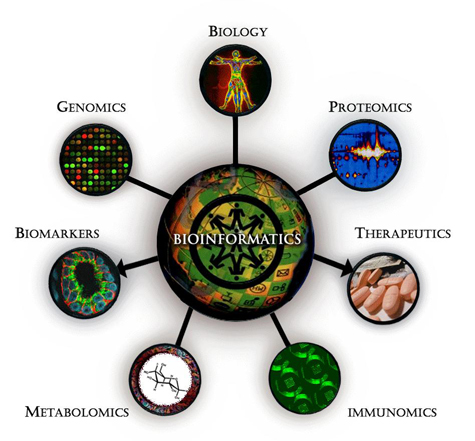Our Research
 The discovery of TMPRSS2-ETS gene fusion as the causative genetic lesion in a majority of prostate cancers by the Chinnaiyan lab, and subsequently in other solid tumors, was a transformative advance in cancer biology. Since then, multiple common and rare gene fusions have been identified in a variety of tumors. Using powerful next-generation sequencing technology and novel bioinformatics methods, we have developed efficient, unbiased methods to interrogate a variety of cancers for recurrent gene fusions and other genetic and molecular lesions that drive cancer progression including point mutations, insertions/deletions, outlier expressed genes, and amplifications/deletions.
The discovery of TMPRSS2-ETS gene fusion as the causative genetic lesion in a majority of prostate cancers by the Chinnaiyan lab, and subsequently in other solid tumors, was a transformative advance in cancer biology. Since then, multiple common and rare gene fusions have been identified in a variety of tumors. Using powerful next-generation sequencing technology and novel bioinformatics methods, we have developed efficient, unbiased methods to interrogate a variety of cancers for recurrent gene fusions and other genetic and molecular lesions that drive cancer progression including point mutations, insertions/deletions, outlier expressed genes, and amplifications/deletions.
Other molecular investigations of cancer cells and tissues have uncovered aberrations in cellular mechanisms and pathways during cancer progression, including epigenetic regulation and expression of non-coding RNAs. Our lab has developed novel methodologies to probe cellular mechanisms on a global scale to yield a comprehensive understanding of tumorigenesis.
Characterizations of gene fusion sub-types and other cancer genes have led to the identity of “druggable” targets, often with readily available therapeutics and clinical trials are underway for the treatment of a subset of breast cancer patients. We hope to eventually identify all actionable genetic lesions in cancer. Efforts are also underway to develop more accurate and less invasive diagnostic and prognostic tools.
More recently, complementing our ongoing efforts in the discovery of novel molecular subtypes of cancer, we have launched an exciting new initiative, Michigan Oncology Sequencing Center (MI-ONCOSEQ), to exploit the rapid advances in high throughput DNA sequencing technologies to realize the goals of “personalized medicine” for the treatment of cancer. For each patient, we perform whole-genome sequencing of the tumor, targeted whole-exome sequencing of tumor and normal DNA, and transcriptome sequencing (RNA-Seq) of the tumor to identify potentially informative mutations in a clinically relevant time frame of 3 to 4 weeks. With this approach, we can detect several classes of cancer mutations including structural rearrangements, copy number alterations, point mutations, and gene expression alterations. A multidisciplinary Sequencing Tumor Board (STB) deliberates on the clinical interpretation of the sequencing results obtained. We have sequenced and analyzed over 100 patients thus far and informative mutations were identified in many of these patients where either a therapy that would not have been considered previously could be pursued or an alternative therapy can be tried if the patient fails current therapy.
We invite you to learn more about our research in various areas where you can read about our recent discoveries in Cancer Biology, Bioinformatics, and Translational Research.